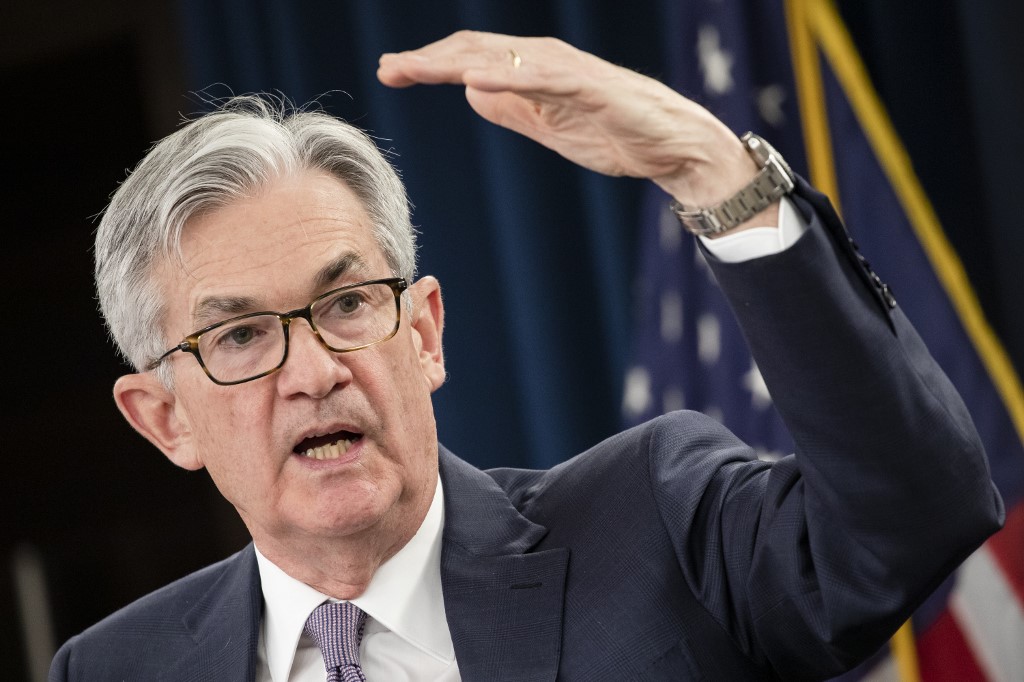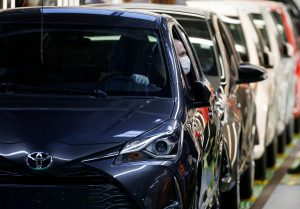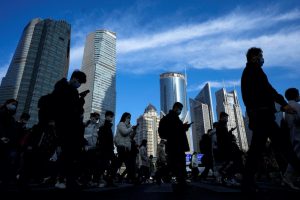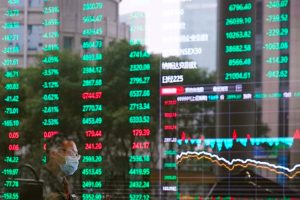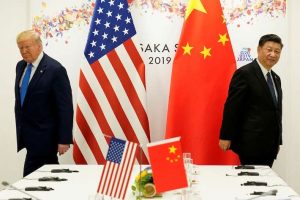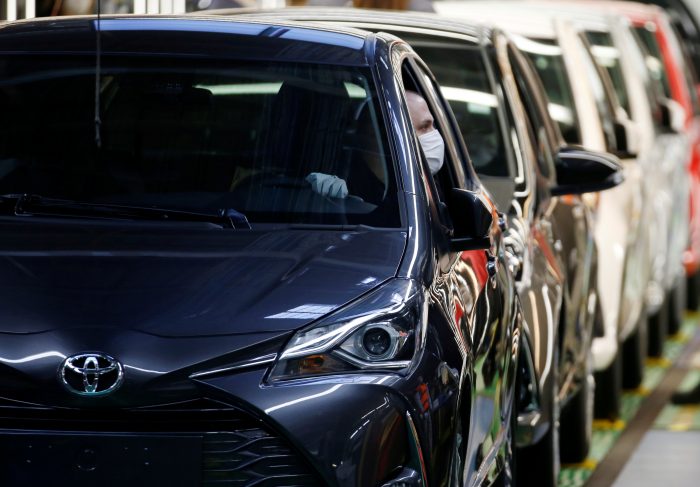(ATF) Central banking is entering a new era. Policymakers aren’t giving up on 30 years of inflation targeting, but they are adding new, overtly political goals to their remit. That spells uncertainty, possibly confusion, for markets when economies eventually recover from Covid-19 and price pressures resurface.
After the Reserve Bank of New Zealand pioneered inflation targeting in 1990, central banks in most rich economies followed suit. Because the degree of economic slack has a big influence on inflation, they of course pay close attention to growth, too. The Federal Reserve has long had an explicit mandate to achieve both maximum sustainable employment and stable prices. So far, so straightforward.
But the coronavirus is forcing a rethink of monetary policy, just as it is changing many aspects of our daily lives. Exhibit A is the Fed, which has replaced its 2% inflation goal with a Flexible Average Inflation Target. The idea is to let the economy run hot for a time to make up for periods of sub-2% inflation, even if employment climbs above the level expected to stoke rising wages and prices.
Howard Davies, a former deputy governor of the Bank of England, said consequences of the new policy were unpredictable: “Over what period will it determine an inflation shortfall? If the price level is now well over 3% below where it would have been had the target been met, would 5% inflation for a year or two be acceptable? We will only learn the answers over time.”
But the Fed has gone further. In announcing the results of a strategy review, Chairman Jay Powell broke new ground by incorporating inequality considerations into the Fed’s monetary policy framework, emphasising how America’s Black and Hispanic communities had benefitted from labour market tightness before the pandemic struck.
Where the Fed goes, other central banks might well follow. But the other notable departure from monetary orthodoxy has been in a different sphere: the environment. European Central Bank chief Christine Lagarde wants climate change to be part of the ECB’s own strategic review.
The central bank could play its part, for example, by refusing to accept as collateral bonds used to finance projects that clash with the European Union’s decarbonisation goals. It could also explicitly promote green lending.
Isabel Schnabel, a member of the ECB’s executive board, said collective action, including by the central bank, was “required to accelerate the transition towards a carbon-neutral economy and correct prevailing market failures”. Another ECB policymaker, Austrian central bank chief Robert Holzmann, said a green agenda could help fix Europe’s problem of decreasing productivity, which he blames for the continuous fall of real interest rates towards zero.
On the face of it, the Fed and the ECB are just bowing to reality. Central banks need to retain the public’s confidence. Climate change is an acute concern to many voters, while even before Covid-19 the Global Financial Crisis had heightened wealth inequality in many countries by inflating asset prices, fuelling populist resentment. And in the case of the ECB, it has a legal mandate to support the purposes and general economic policies of the EU.
“With the ECB worrying about environmental risks and the Fed concerned about minorities’ prospects in the labour market, it is clear that times are changing for central banks. Other monetary policymakers will follow their lead, and those that fail to see the need or are slow to react will suffer reputational damage as a result,” Stefan Gerlach, a former deputy governor of the Central Bank of Ireland, said.
Right now, the interests of central banks, governments and markets are aligned. Central banks are committed to holding interest rates near zero for as long as necessary and, along with institutional investors, are snapping up the huge volumes of debt that governments are issuing to pay for pandemic relief.
But it’s not hard to imagine that those interests will diverge sooner or later. Governments will want central banks to keep interest rates low in order to gradually reduce debt as a proportion of GDP. A historical template is the Fed’s agreement to peg T-bill rates and cap bond yields to lower the Treasury’s wartime debt-financing costs. The formal pact ran from 1942 to 1951.
Uncertain consequences
If inflation rises, however, central banks will eventually want to raise rates. Governments, their ultimate owners, could push back and remind them of their new “political” goals to help minorities and cut carbon. But if central banks do not react promptly to mounting price pressures, financial markets could easily lose confidence, with unknowable consequences.
Willem Buiter, a visiting professor at Columbia University, wants the Fed to scrap its new approach, which he called extremely worrying. “The recent changes to the US monetary policy framework are ill-advised and potentially harmful,” said Buiter, who used to be the chief economist at Citigroup.
Investors, then, need to brace for turbulence. But when? The bond markets are relaxed for now, despite the fact that even the International Monetary Fund, that paragon of fiscal rectitude, is advising governments to ramp up public investment to get people back to work.
The mood might change, though, with the US election on November 3 if the Democrats not only win the presidency but also take control of both houses of Congress.
If Democrats open the spending taps and a coronavirus vaccine emerges, lifting growth prospects, investors may bring forward their expectations for US interest rate rises to as early as 2023 rather than 2025, according to Praveen Korapaty, chief global rates strategist at Goldman Sachs.
Guilhem Savry and Florian Ielpo with Swiss asset manager Unigestion are more sanguine. Overcapacity, high savings and the dampening effect on prices of the digitalisation of the global economy made an inflation shock linked to excessive growth of debt, as occurred after World War Two, unlikely. “In our opinion, inflation risk remains just that – a risk and not a scenario,” they wrote.
The point is that when inflation eventually does come back – and remember, governments need modest inflation to shrink their real debt loads – the policy reaction function of leading central banks may well have changed. For bond investors, the only certainty today is that future uncertainty is increasing.




